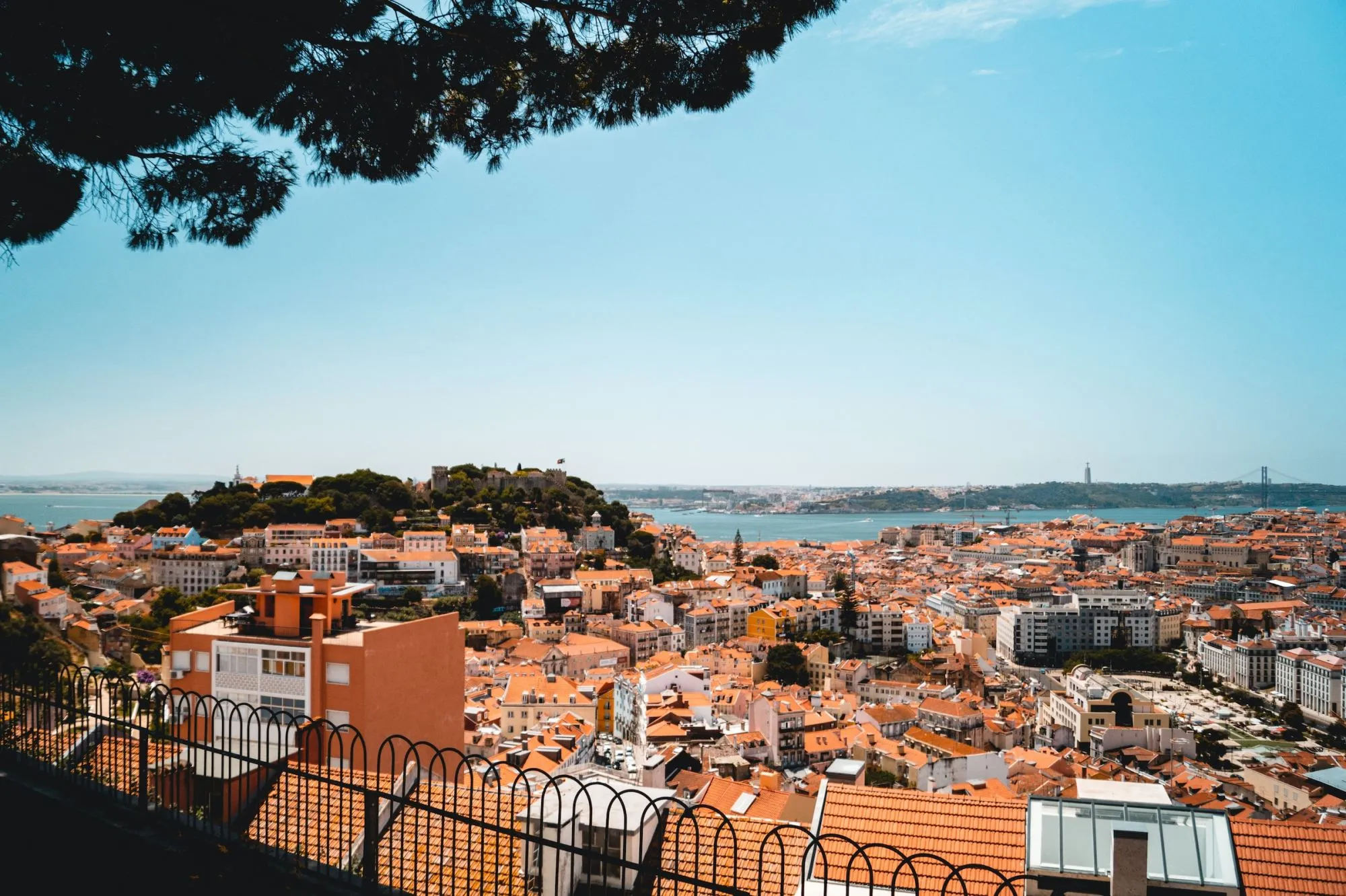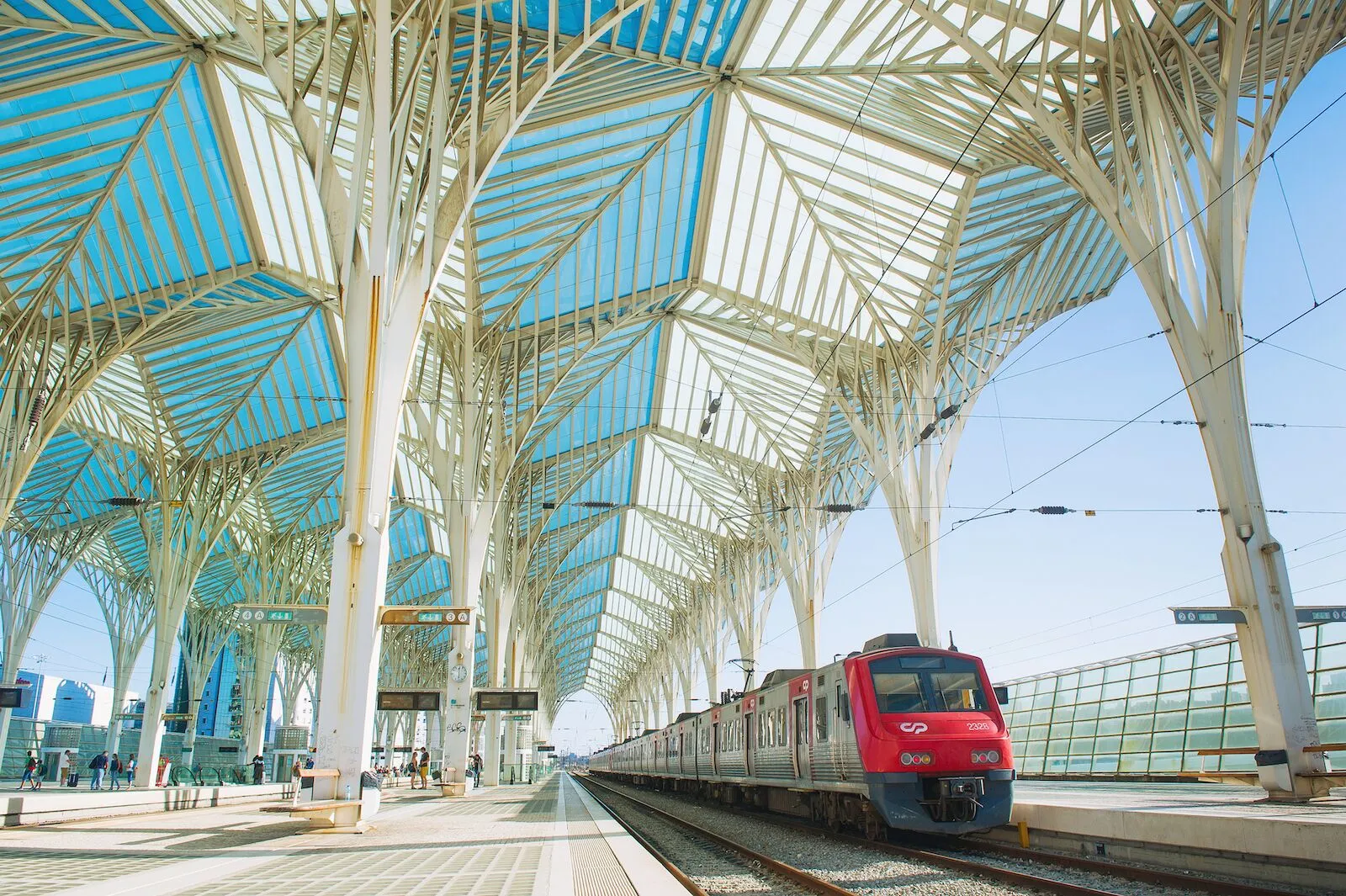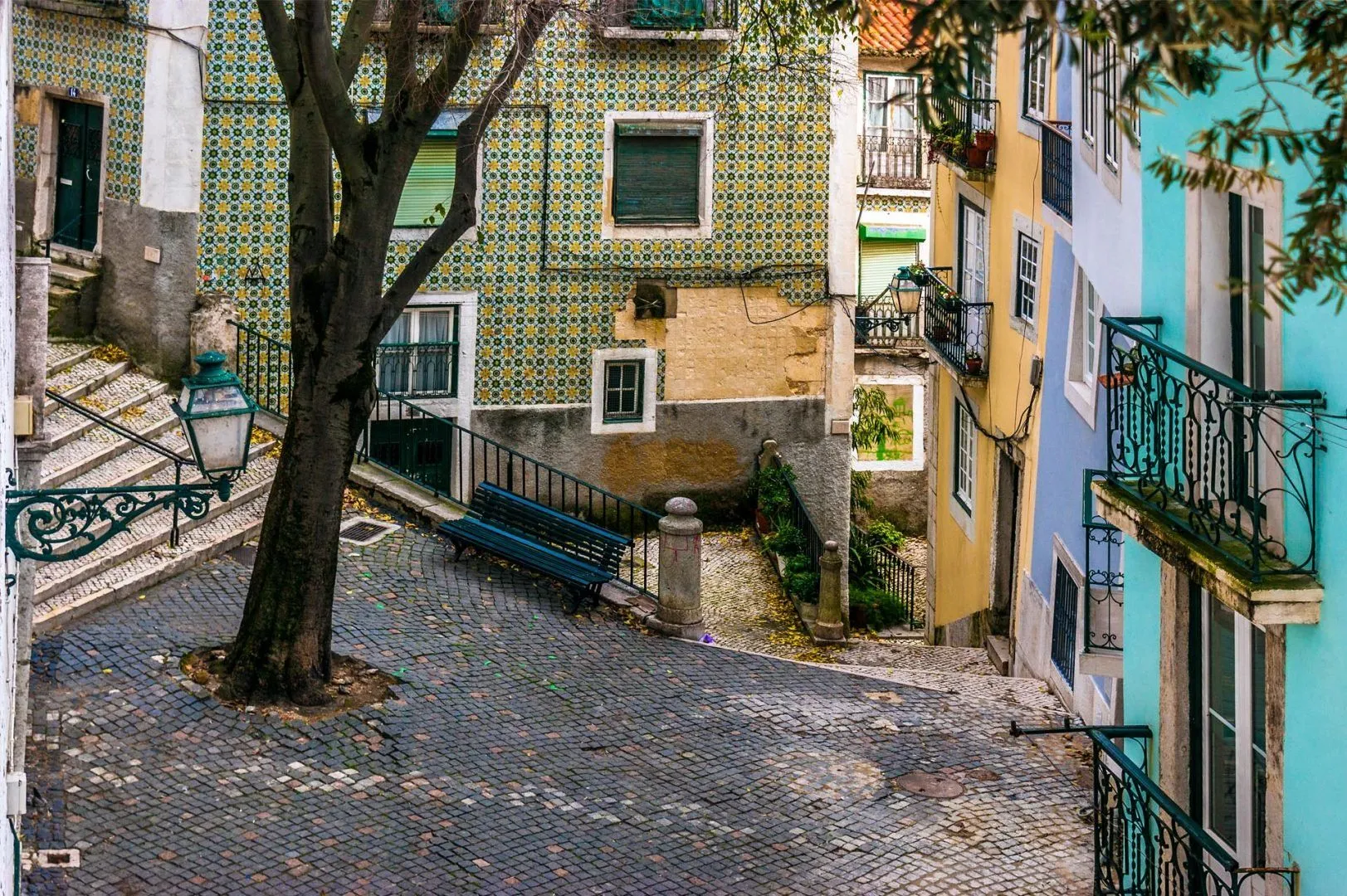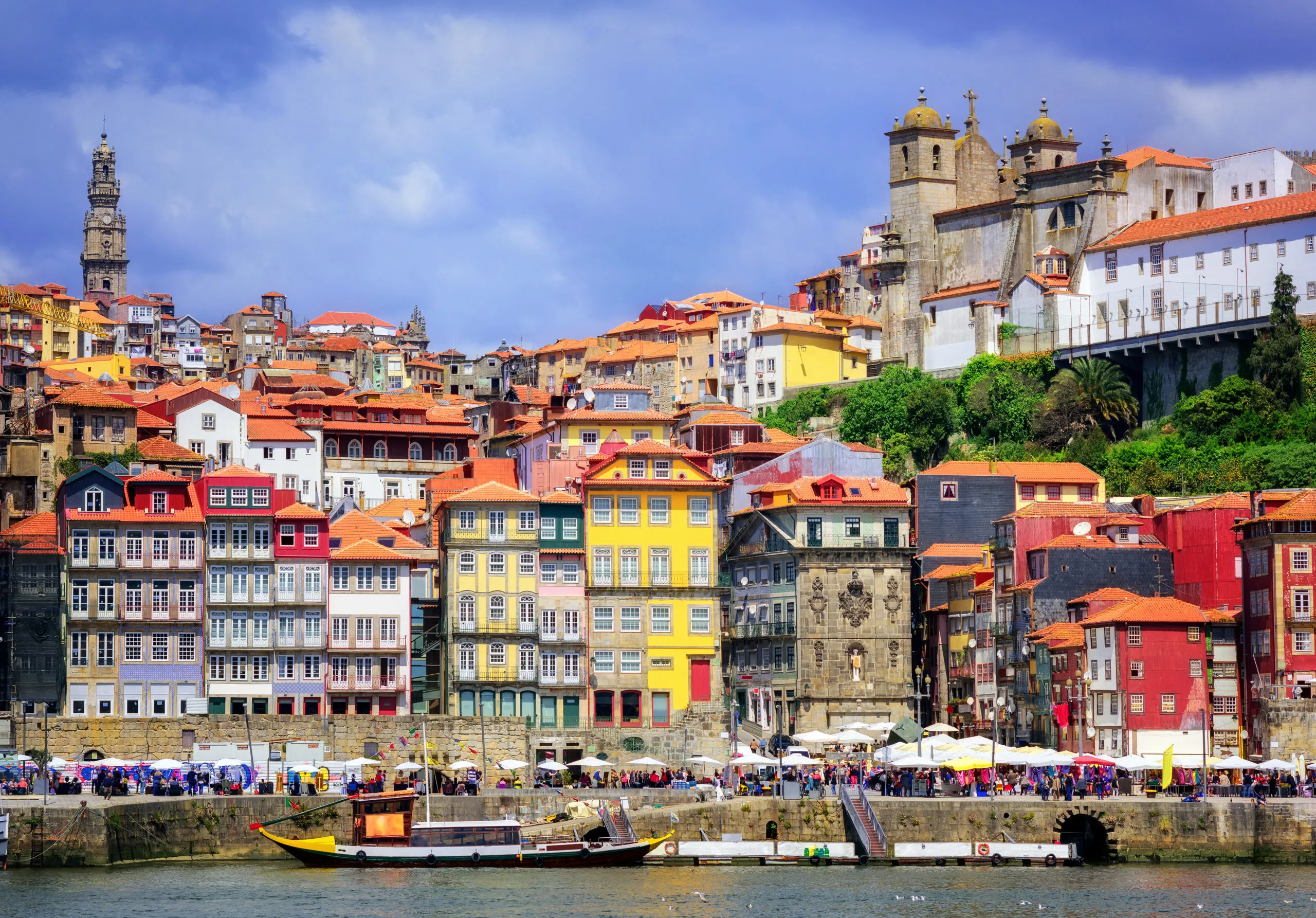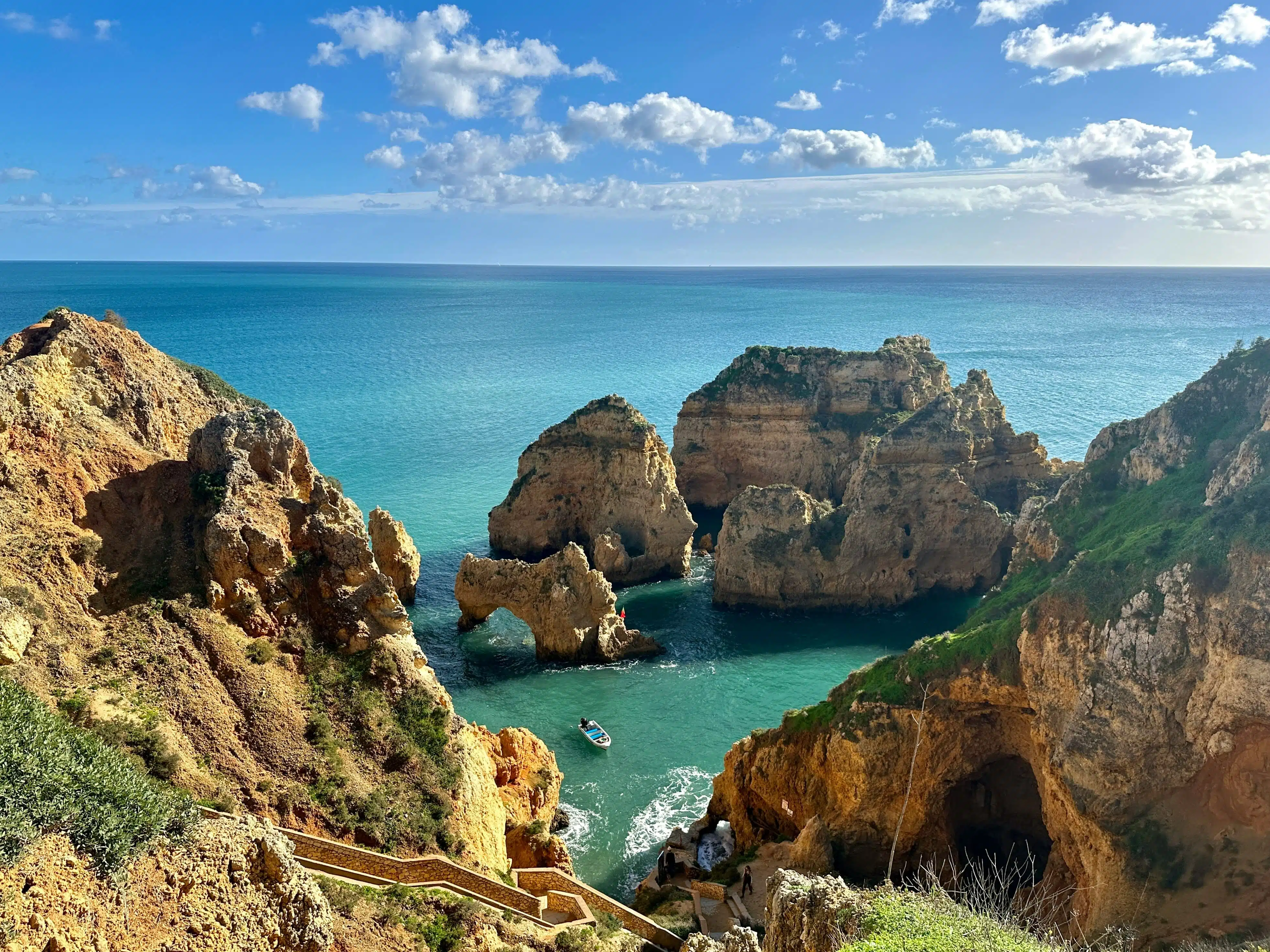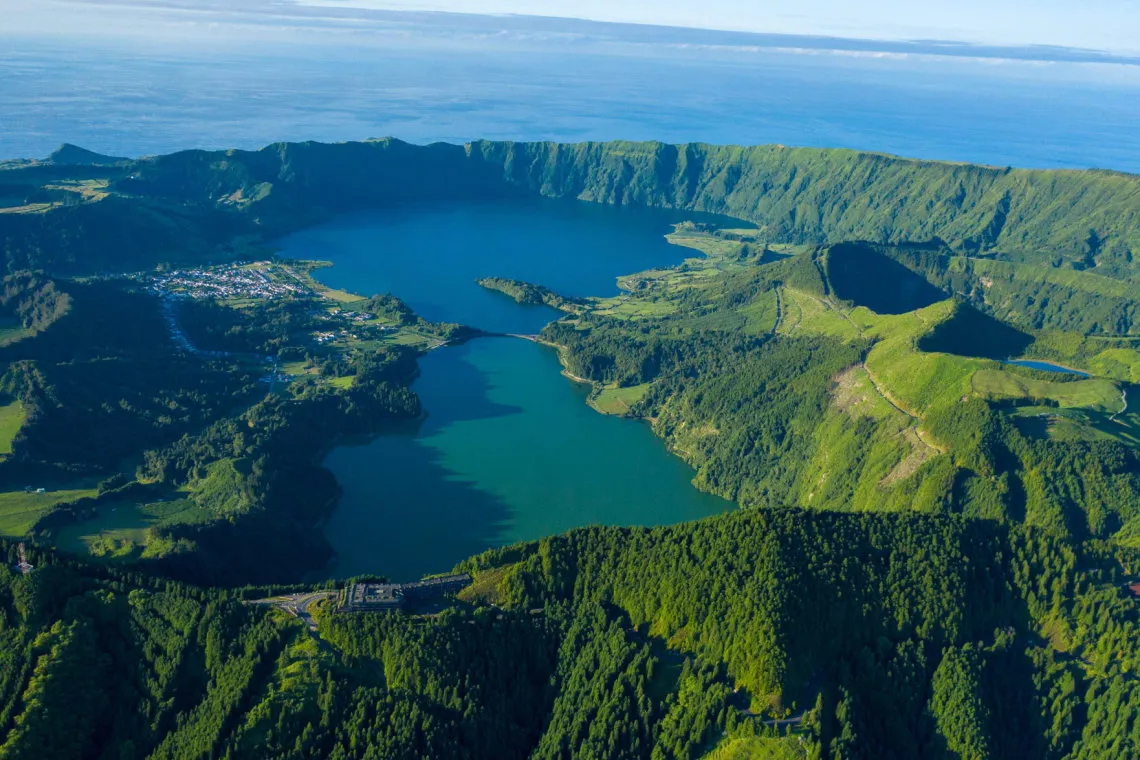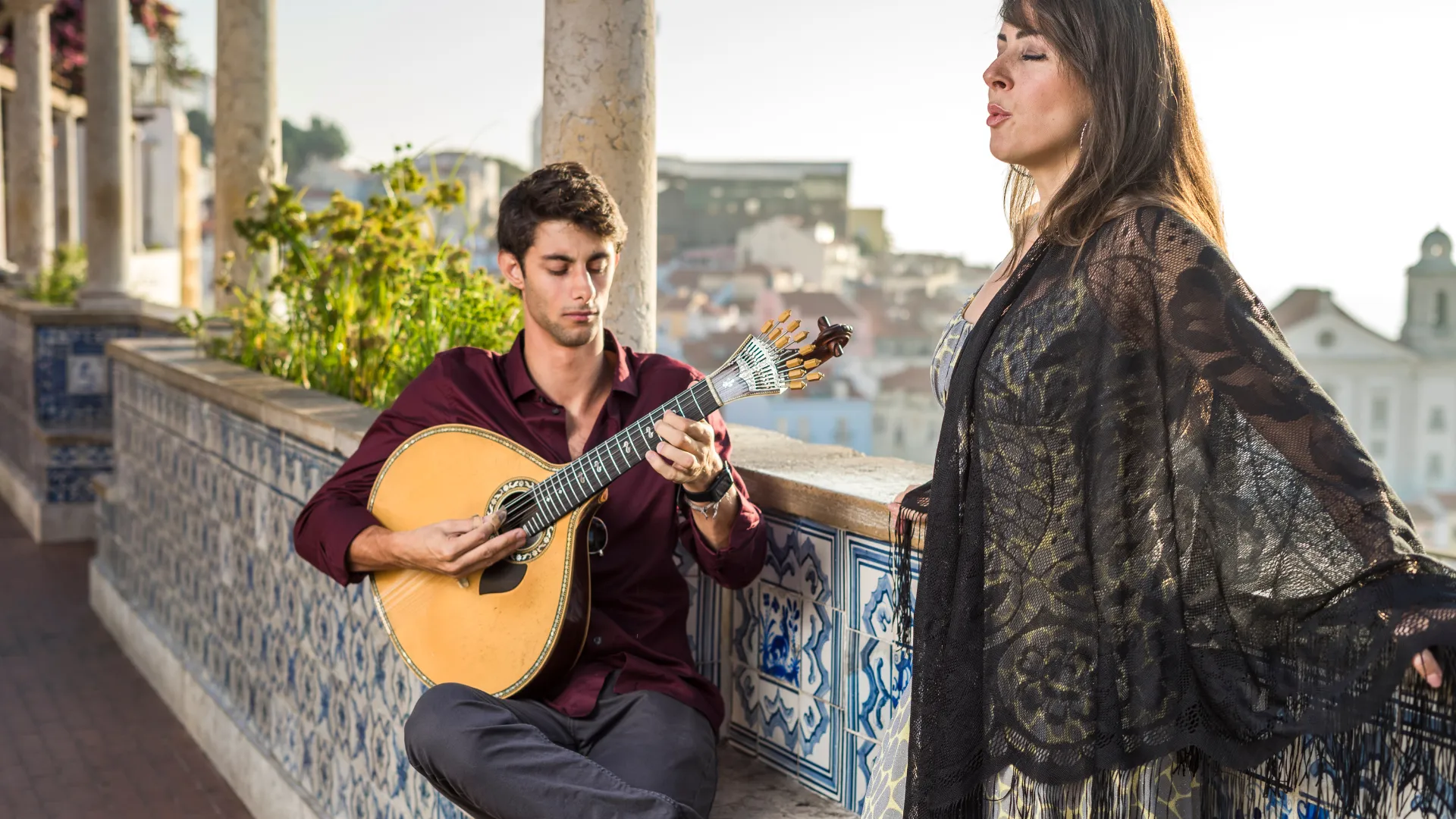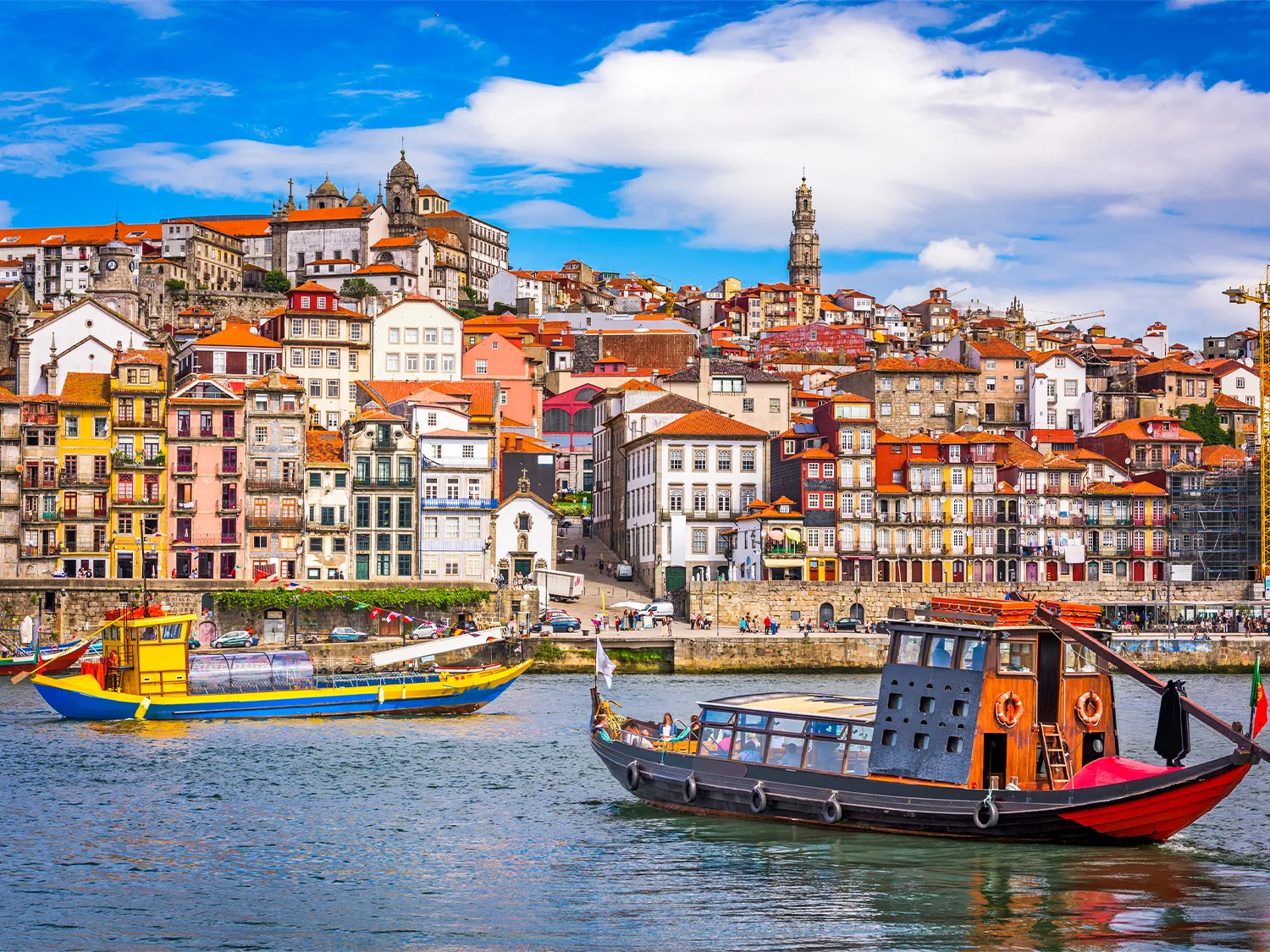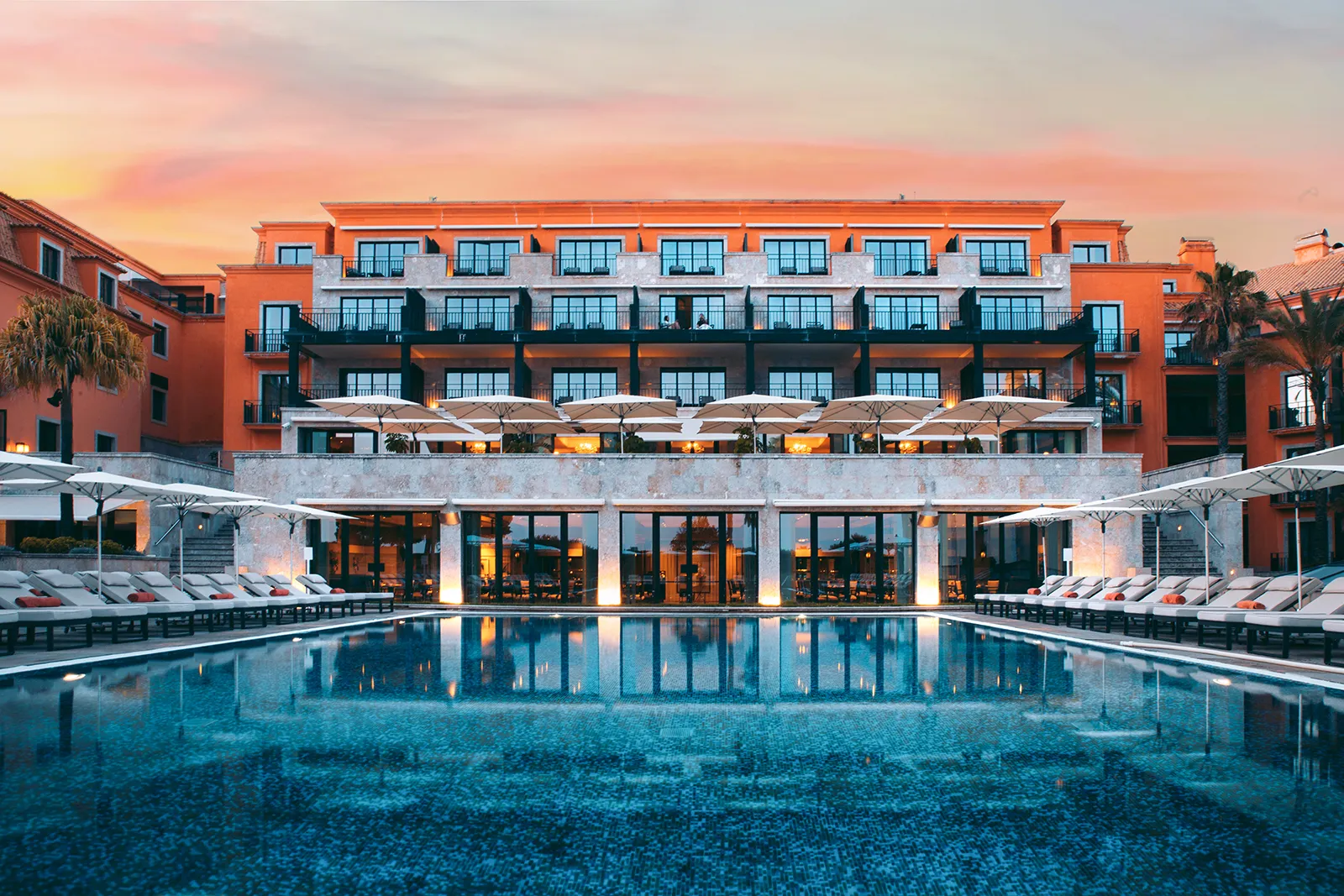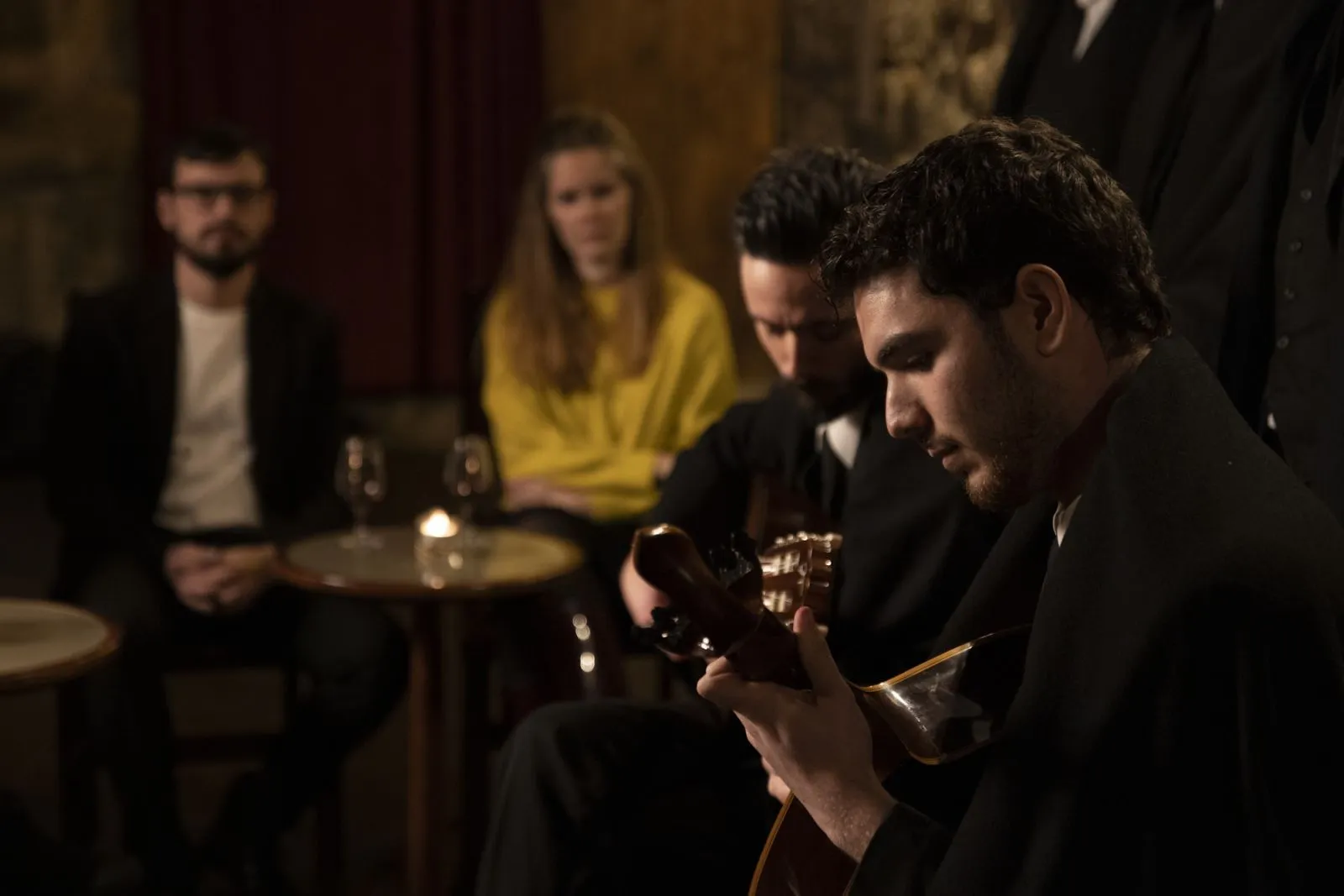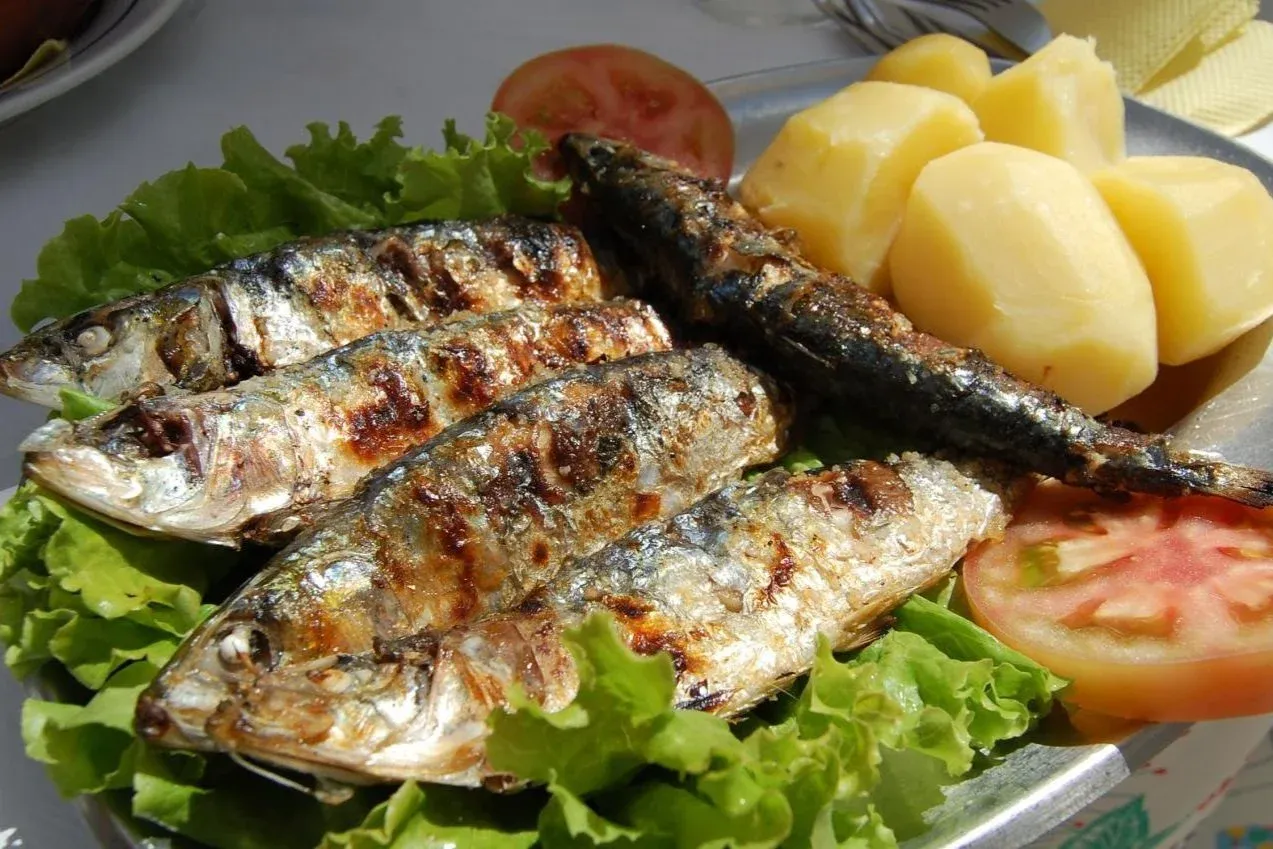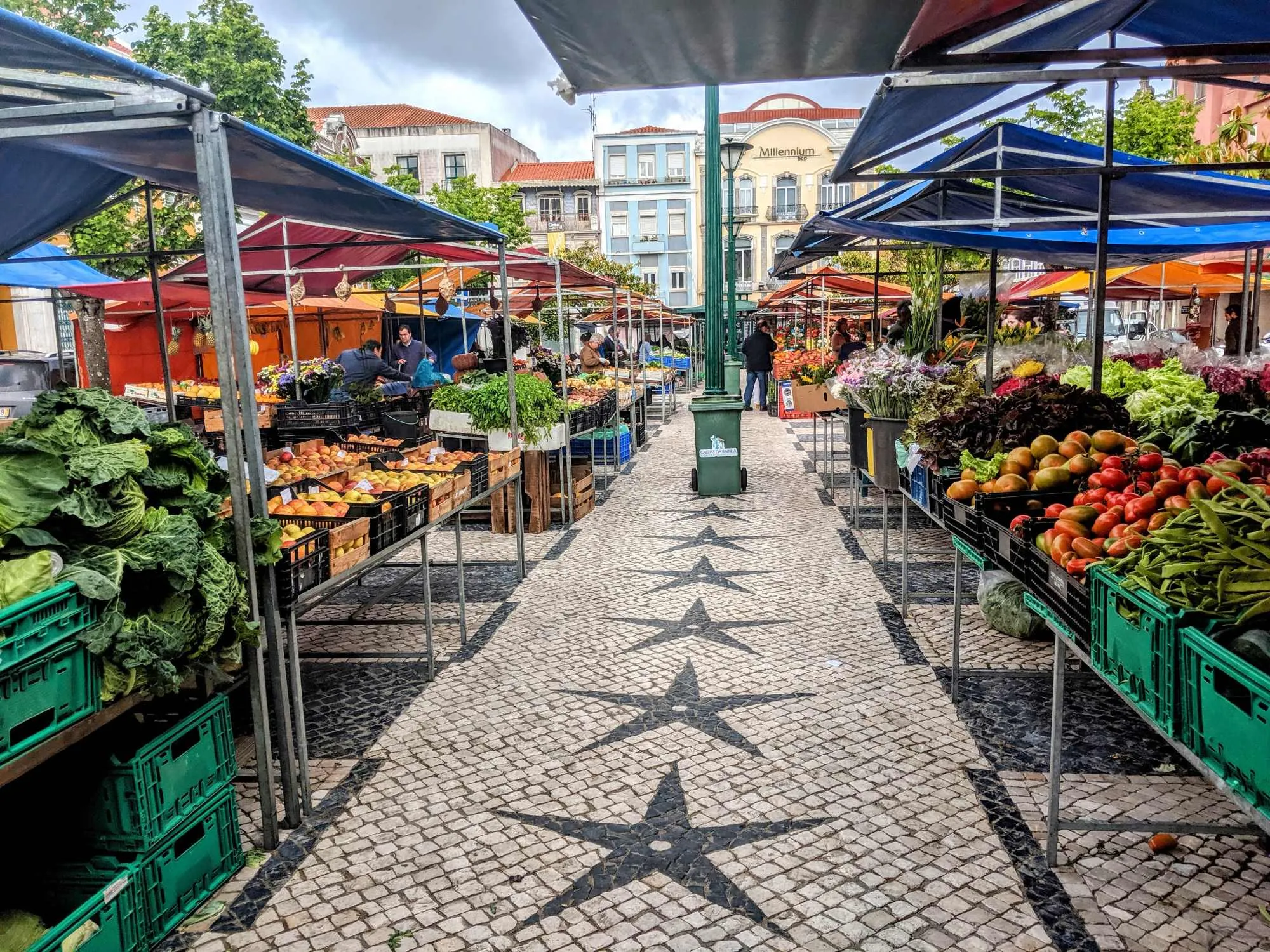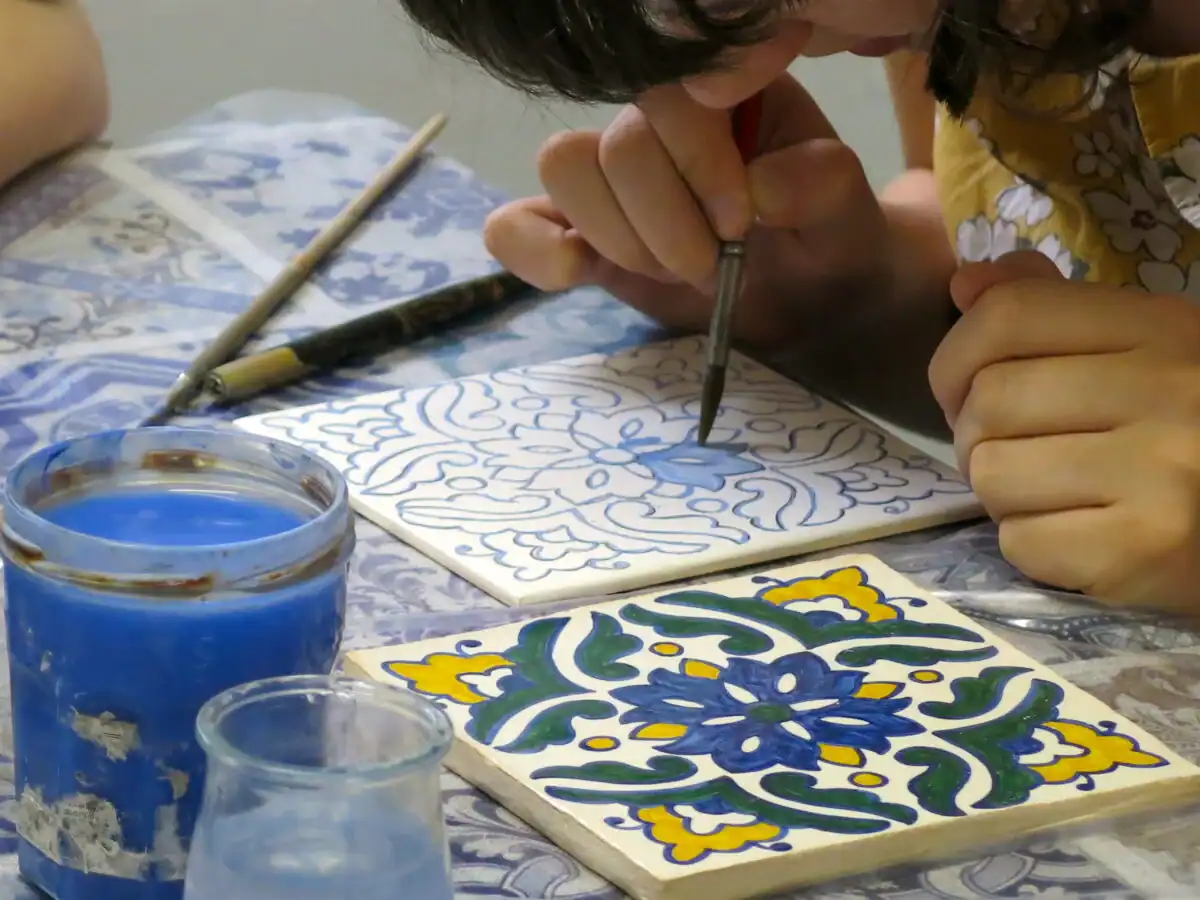After spending over a decade exploring every corner of this incredible country, I can tell you that Portugal is one of Europe’s most captivating destinations. This comprehensive Portugal travel guide will take you beyond the typical tourist traps to discover a relaxed, easy-going lifestyle that feels worlds away from the American hustle. From the golden beaches of the Algarve to the dramatic volcanic landscapes of the Azores, Portugal rewards travelers who venture beyond the surface with authentic experiences, world-class cuisine, and some of the most welcoming people you’ll ever meet.
Planning Your Trip to Portugal: Pre-Trip Essentials
When to Visit Portugal for the Best Experience
The secret to a perfect Portuguese getaway lies in its timing. Spring (March to June) and fall (September to mid-October) offer the sweet spot every savvy traveler dreams of: fewer crowds, lower prices, and comfortably warm temperatures. May stands out as particularly magical, with pleasant sunny weather and manageable tourist numbers, making it one of the best times to visit Portugal.
Summer (July and August) brings glorious weather but also comes with packed beaches, crowded streets, and accommodation prices that can surge 30-40%. Winter, beginning in November, ushers in the rainy season with thinner crowds but shorter operating hours at many attractions. The shoulder seasons provide the optimal balance—you’ll avoid peak summer madness while still enjoying excellent weather and fully operational hours.
Visa Requirements for US Citizens
US citizens can breathe easy, as no visa is required for tourism or business stays up to 90 days within any 180-day period. However, there’s a critical passport requirement that catches many travelers off guard: your US passport must be valid for at least three months beyond your intended departure date from the Schengen Area. You’ll also need at least two blank pages for entry and exit stamps.
Portugal Budget Breakdown: Backpacker to Luxury
Portugal remains one of Western Europe’s most affordable destinations. Budget travelers can explore comfortably on as little as €50 per day, with hostel dormitories typically costing €15–€25 per night. Cross-country bus journeys from Lisbon to Lagos are just €15–€20.
Mid-range travelers can enjoy more comfort, with budget hotels averaging €40–€75 per night and efficient train travel from Porto to Lisbon around €25. For those seeking luxury, Airbnb apartments average €100 per night, complemented by private tours and high-end dining experiences.
Pro Tip: Tap water is safe to drink throughout Portugal, so bring a reusable water bottle. Some museums offer free admission on Sundays, and Uber rides in central Lisbon typically cost just $4–$8.
Getting Around Portugal: A Traveler’s Guide
The Car Rental Dilemma: When It Helps and When It Hurts
Renting a car in Portugal can be both a blessing and a curse, depending on your itinerary. Rentals can be incredibly affordable at around €25 per day, which is perfect for exploring off-the-beaten-path destinations like Silver Coast towns or secluded Algarve beaches.
However, driving in major cities can be a significant challenge. Sintra is a prime example; many travelers report that driving there is a nightmare due to endless traffic jams and a severe lack of parking, even in the off-season.
The smart strategy is to use Portugal’s excellent train network for city-to-city travel. Then, rent a car only for specific rural explorations, such as a Douro Valley road trip or discovering hidden coves in the Algarve.
Portugal’s Efficient Train Network
For inter-city connections, Portugal’s rail system is a traveler’s best friend. Trains are modern, comfortable, and affordable—a journey from Lisbon to Porto costs around €25. Since the country is geographically long and narrow, consider booking open-jaw flights (e.g., flying into Lisbon and out of Porto) to avoid wasting time backtracking.
Lisbon Guide: The Heart of Portuguese Culture
Exploring Lisbon’s Distinctive Neighborhoods
Alfama: The Soul of Old Lisbon As Lisbon’s oldest district, Alfama captivates visitors with its labyrinth of steep, cobbled alleyways best explored on foot. The hilltop Castelo de São Jorge offers panoramic views of the city and the Tagus River, while the Sé de Lisboa cathedral showcases stunning architecture. Alfama is the birthplace of Fado music, and catching a live performance is an essential thing to do in Lisbon. The neighborhood also offers excellent, affordable dining options.
Belém: Monuments and the Great Custard Tart Debate Home to two UNESCO World Heritage sites—the magnificent Jerónimos Monastery and the iconic Belém Tower—this district showcases Portugal’s golden age of exploration. But Belém is also ground zero for Portugal’s most delicious debate: who makes the best pastel de nata? Historic Pastéis de Belém has used a secret recipe since 1837, while many locals swear by Manteigaria in Chiado as the clear winner for its creamy, perfectly caramelized tarts.
Bairro Alto and Chiado: Culture by Day, Buzz by Night These adjacent neighborhoods form Lisbon’s cultural and social hub. Chiado charms with elegant theaters and historic cafés, while Bairro Alto buzzes with a bohemian atmosphere and vibrant nightlife. By day, it’s a cultural center; by night, its narrow streets fill with people hopping between countless small bars and restaurants.
What to Skip and Hidden Gems to Discover
Some popular Lisbon attractions don’t always live up to the hype. Many travelers find Time Out Market to be an overpriced food court and Pink Street to be overly crowded with influencers. The long waits for the Santa Justa Lift aren’t worthwhile when you can access better views for free from the nearby Carmo rooftop bar.
Instead, seek out authentic Lisbon experiences like Rua Verde (The Green Street) with its charming cafés, the stunning Palace of the Marquesses of Fronteira (known as the ‘Sistine Chapel of Tilework’), or the visually striking Ler Devagar Bookstore in the creative LX Factory complex.
Sintra: A Fairytale Day Trip Done Right
The UNESCO World Heritage site of Sintra feels worlds away from Lisbon’s bustle, featuring the whimsical Pena Palace and the mysterious Quinta da Regaleira estate. A successful Sintra visit hinges on logistics: take the train from Lisbon’s Rossio station, buy an all-day bus ticket for route #434, and book timed-entry tickets for Pena Palace well in advance. Plan for at least an hour to travel from the station to the palace entrance.
The Silver Coast: Authentic Coastal Experiences
For a more authentic experience beyond Lisbon’s crowds, the Silver Coast offers charming alternatives. The medieval town of Óbidos enchants visitors within its fortified walls, where you can sample Ginja cherry liqueur in edible chocolate cups. Nazaré draws big-wave surfers, while Ericeira provides a laid-back beach town atmosphere without the Algarve resort crowds.
Porto & Northern Portugal: Wine and History
Porto: The Invincible City Experience
Portugal’s second city captivates with its dramatic beauty and narrow pedestrian lanes leading down to the scenic Douro River. Essential experiences in Porto include strolling the UNESCO World Heritage Ribeira district, crossing the iconic Dom Luís I Bridge for sunset views, and exploring historic Port wine cellars in Vila Nova de Gaia.
Beyond the obvious sights, visit the Tram Museum, catch a film at Cinema Trindade, or find the hidden Largo da Pena Ventosa square. For authentic dining, skip the tourist-heavy riverfront restaurants for family-run spots like Ora Viva or Petisqueira Voltaria for traditional Portuguese tapas, known as petiscos.
Douro Valley: A World-Class Wine Journey
Just east of Porto lies one of the world’s most beautiful wine regions—the Douro Valley, the planet’s oldest demarcated wine region. The breathtaking landscape features the meandering Rio Douro flowing past hillsides covered in steeply terraced vineyards. Quality day trips from Porto typically include visits to two different quintas (wineries) for tastings, complemented by a relaxing boat ride and a traditional lunch.
Historic Northern Cities
Guimarães: Known as the “birthplace of Portugal,” this UNESCO World Heritage city features a well-preserved medieval castle where the country’s first king was reputedly born.
Braga: One of Portugal’s oldest cities and a major religious center, Braga’s crown jewel is the Sanctuary of Bom Jesus do Monte—a stunning hilltop pilgrimage site with an intricate Baroque stairway.
The Algarve: Beyond Resort Beaches
Finding Your Perfect Beach and Cove
The Algarve’s coastline dazzles with golden sands and dramatic limestone cliffs. Iconic natural wonders include the sea caves of Ponta da Piedade near Lagos and the world-famous Benagil Cave, best accessed by boat or kayak.
For crowd-free alternatives, seek out the best beaches in the Algarve like Praia dos Estudantes in Lagos, with its unique Roman-style bridge, or Praia da Falésia, backed by magnificent multi-colored cliffs.
Seven Hanging Valleys Trail: A Hiker’s Paradise
This 12-kilometer clifftop path between Praia da Marinha and Praia do Vale de Centeanes provides access to spectacular viewpoints and hidden coves inaccessible by car. It’s considered one of the best ways to appreciate the region’s dramatic landscapes.
Charming Algarve Towns
Beyond the beaches, the Algarve offers delightful towns. Lagos bustles with its historic walled old town, while Ferragudo charms as “the most colorful village in the Algarve.” The former Moorish capital of Silves impresses with its well-preserved red sandstone castle. For true tranquility, the hillside village of Alte offers a peaceful escape from the coastal crowds.
Atlantic Islands: Madeira and the Azores
Madeira: The Floating Garden of the Atlantic
Known as the “Pearl of the Atlantic,” subtropical Madeira captivates with its rugged volcanic terrain and lush flora. Key experiences include exploring UNESCO World Heritage laurel forests, hiking unique levada irrigation channels, and sampling historic Madeira wine.
The Azores: Europe’s Adventure Capital
This remote nine-island archipelago is a frontier of natural beauty and adventure. It offers world-class whale watching, hiking through verdant volcanic craters, and exploring stunning geological formations.
São Miguel highlights: Don’t miss the iconic twin crater lakes of Sete Cidades, stunning Lagoa do Fogo, and the geothermal town of Furnas, where locals cook traditional Cozido stew using volcanic heat.
Beyond São Miguel: Smaller islands like São Jorge, Flores, and Pico offer even more authentic and wild landscapes for adventurous travelers.
A Taste of Portugal: Cuisine and Culinary Culture
Understanding Local Dining Customs
Portuguese restaurants follow the couvert custom—appetizers like bread and olives are brought to your table but are not free. You can politely refuse them if you don’t want them. Dinner typically starts late, around 8–9 PM, and meals are leisurely social occasions.
Must-Try Portuguese Dishes and Drinks
Essential Portuguese flavors include creamy Pastel de Nata, the hearty Francesinha sandwich from Porto, classic Bacalhau à Brás (shredded salt cod), and simple Bifana pork sandwiches. For drinks, sample Port wine, crisp Vinho Verde, and sweet Ginja cherry liqueur.
Food Tour Experiences
High-quality food tours, especially in Porto, provide an intimate cultural understanding through cuisine. Well-designed tours offer authentic tastings of local specialties and provide access to hidden, family-run eateries loved by locals.
Portuguese Cultural Immersion
Fado: The Sound of Saudade
Fado music represents Portugal’s soul. Characterized by mournful tunes and poetic lyrics, Fado centers on the uniquely Portuguese concept of saudade—a deep, nostalgic longing. Experience it at an authentic casa de fado (fado house) in Lisbon for an unforgettable evening.
Azulejos: The Art of the Tile
Portugal’s painted tin-glazed ceramic tiles (azulejos) are a national art form. Essential locations to see them include Lisbon’s Museu Nacional do Azulejo, Porto’s São Bento train station, and Sintra’s National Palace.
Festivals and Local Celebrations
Portugal’s vibrant festival calendar offers fantastic opportunities for cultural immersion. Major celebrations include Carnival in February/March, Porto’s lively Festa de São João in June, and Lisbon’s Feast of Saint Anthony, also in June.
Practical Travel Tips for Americans
Safety and Common Scams
Portugal is one of Europe’s safest countries, but it’s wise to be aware of common tourist scams. Watch for pickpockets in crowded areas, insist taxi drivers use the meter, and politely refuse any unsolicited offers from street vendors.
Tipping Culture in Portugal
Tipping in Portugal differs from American customs. It’s not mandatory but is appreciated for good service. A good rule of thumb is to round up the bill at casual restaurants (5-10% at upscale establishments), round up taxi fares, and tip tour guides €5–€10 per person for a great experience.
Essential Portuguese Phrases
While many Portuguese people speak excellent English, a small effort goes a long way.
- Olá (Hello)
- Bom dia (Good morning)
- Por favor (Please)
- Obrigado/Obrigada (Thank you – male/female speaker)
- Fala inglês? (Do you speak English?)
This Portugal travel guide reveals a country that rewards those who embrace slower travel and authentic local connections. Portugal’s magic lies not just in its grand monuments but in its relaxed culture that invites visitors to linger over coffee and absorb the soulful notes of Fado. By venturing beyond the typical tourist checklists, you’ll create your own unforgettable Portuguese story filled with meaningful discoveries and lasting memories.
Read more:
